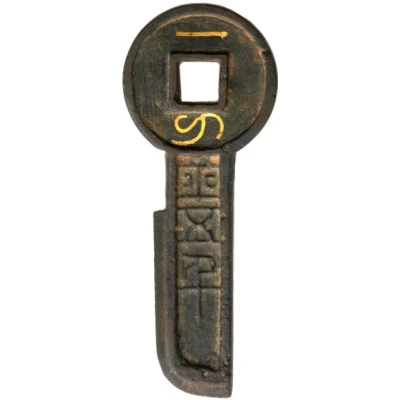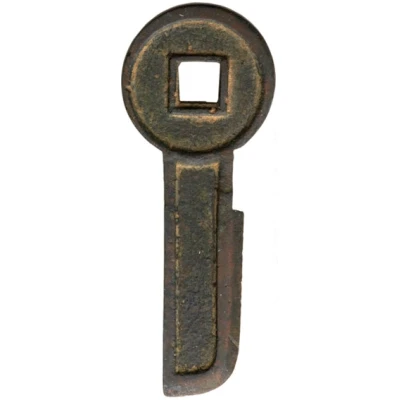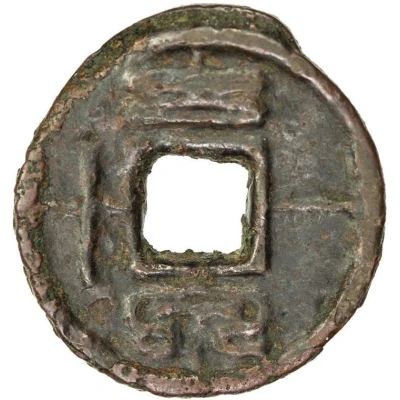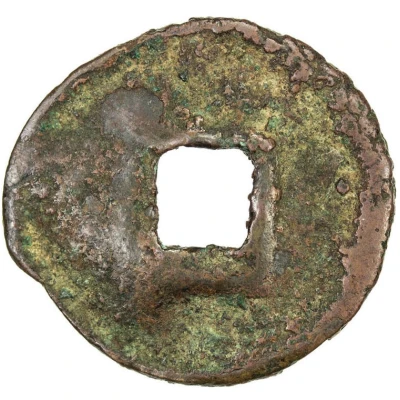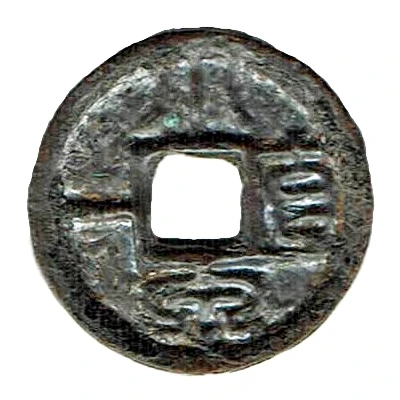
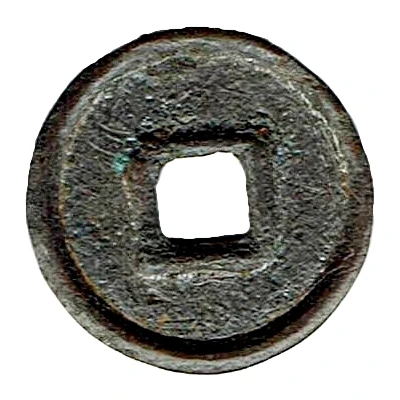

© Christopher Li (CC BY-NC-SA)
1 Cash - Wang Mang Second reform
| Bronze | 1.14 g | 15 mm |
| Issuer | China (ancient) |
|---|---|
| Emperor | Xin dynasty › Wang Mang (7-23) |
| Type | Standard circulation coin |
| Years | 9-14 |
| Value | 1 Cash |
| Currency | Zhu (second reform, 9-14) |
| Composition | Bronze |
| Weight | 1.14 g |
| Diameter | 15 mm |
| Shape | Round with a square hole |
| Technique | Cast |
| Orientation | Medal alignment ↑↑ |
| Demonetized | Yes |
| Updated | 2024-10-09 |
| Numista | N#42104 |
|---|---|
| Rarity index | 78% |
Reverse
Blank (uniface).
Edge
Plain
Interesting fact
One interesting fact about the Wang Mang (Second reform) bronze coin from ancient China is that it was introduced during the reign of Emperor Wang Mang (9-23 AD) as part of a series of currency reforms aimed at addressing economic issues and stabilizing the economy. The coin features a square hole in the center, which was a common feature of ancient Chinese coins, and is believed to have been used as a way to string the coins together for ease of use in trade. Additionally, the coin's design features a stylized dragon on one side and a phoenix on the other, which were symbols of good fortune and prosperity in ancient Chinese culture.
